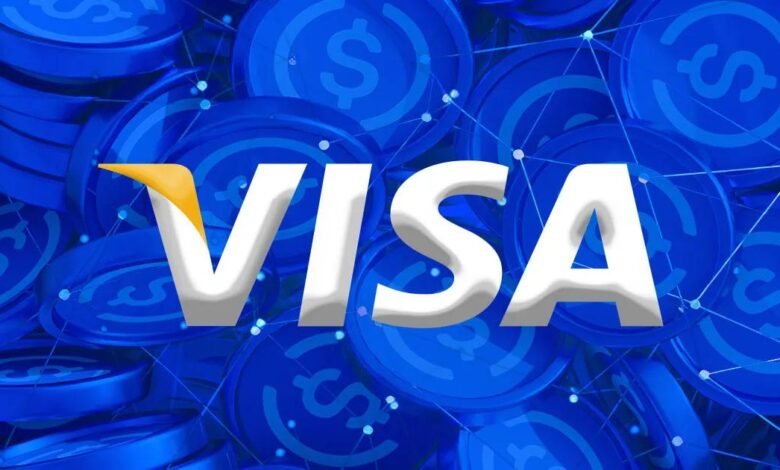Visa Expands Stablecoin Support Across Four New Blockchains

Global payments company Visa has announced its plans to strengthen digital payments by expanding its crypto operations, supporting four new stablecoins across four different blockchains. The move aims to strengthen its digital payments network and enhance cross-border transaction capabilities.
Visa Chief Executive Officer Ryan McInerney revealed the development during the company’s fourth-quarter and year-end earnings call. He said Visa will continue to increase its stablecoin offerings, building on the progress made in the last financial year. “We are adding support for four stablecoins running on four unique blockchains, representing two currencies that we can accept and convert to over 25 traditional fiat currencies,” McInerney told investors.
Although Visa did not name the new stablecoins or the specific blockchains, the expansion adds to its existing portfolio, which already includes Circle’s USD Coin (USDC), Euro Coin (EURC), PayPal USD (PYUSD), and Global Dollar (USDG). These are currently available on Ethereum, Solana, Stellar, and Avalanche networks.
McInerney highlighted the increasing demand for stablecoins, noting that Visa has facilitated about $140 billion in crypto and stablecoin transactions since 2020. Consumer spending through Visa’s stablecoin-linked cards reportedly grew four times higher in the fourth quarter compared to the same period last year. Monthly transaction volume has also surpassed a $2.5 billion annualized run rate.
Visa’s next step is to expand its stablecoin services for banks and financial institutions. McInerney said the firm will focus on faster and more efficient cross-border payments.
Earlier in September, Visa launched a pilot program under its Visa Direct service, allowing banks to pre-fund cross-border payments using USDC and EURC. The company also plans to let banks mint and burn their own stablecoins using Visa’s tokenized asset platform to further enhance payment efficiency.
Also Read: Bitget Sees $23.1B Institutional Surge: Nansen Report




